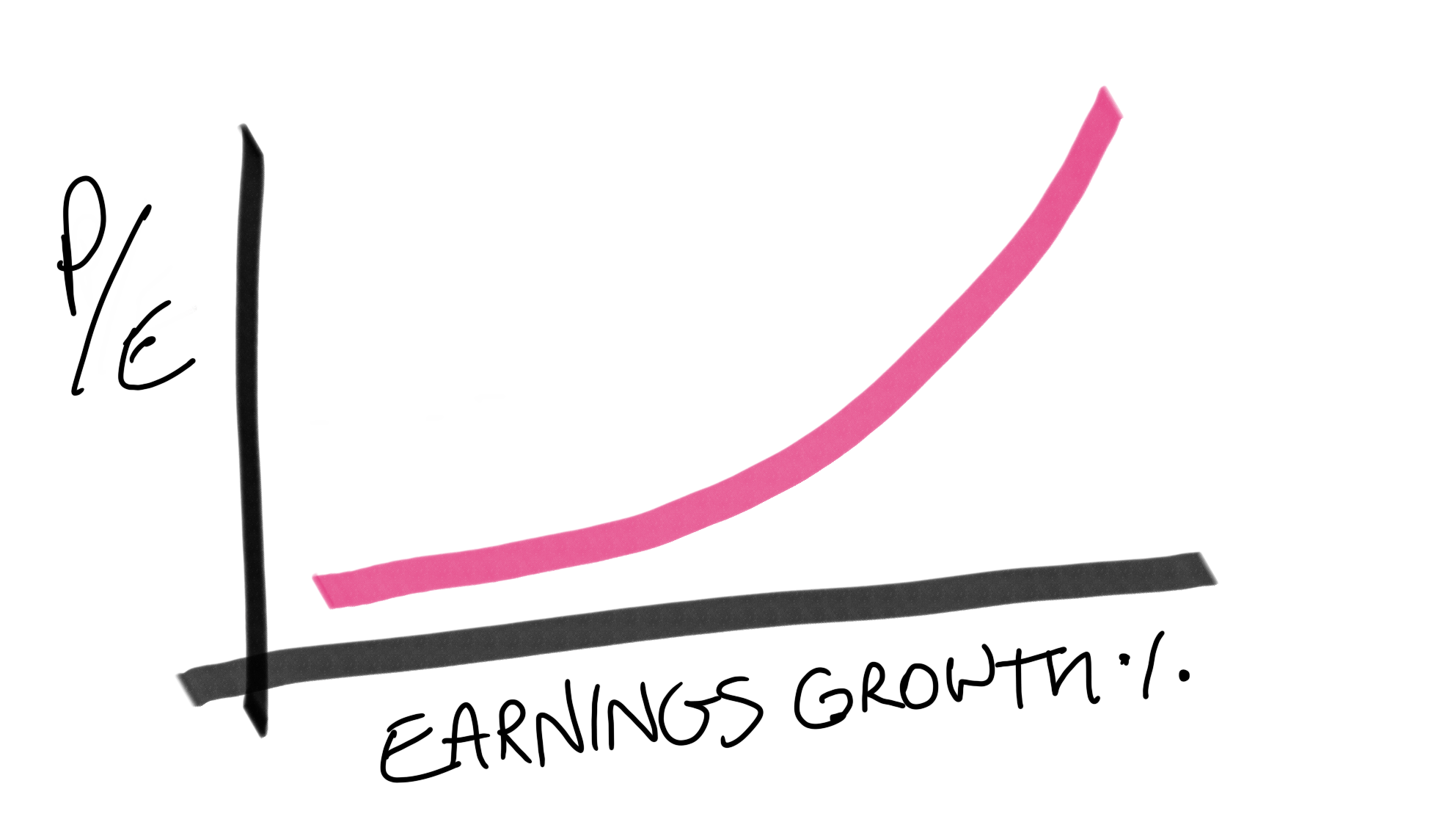One of my investing email’s founding principles is that most people shouldn’t bother with stock picking. The payoff isn’t worth the effort. To consistently make money from it you’d have to be among the top, I don’t know, five per cent of stock pickers in the world. Another of the email’s founding principles is that investing is fun! Even if you don’t want to dedicate yourself to the pursuit of alpha, I say investing is worth learning about just for one’s own edification. Plus, investing isn’t just something that happens in your brokerage account. Investing goes on all around us,…
Cancel at any time. Are you already a member? Log in here.
Want to continue reading?
Introductory offer: Sign up today and pay €200 for an annual membership, a saving of €50.

